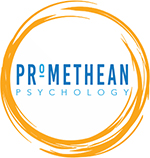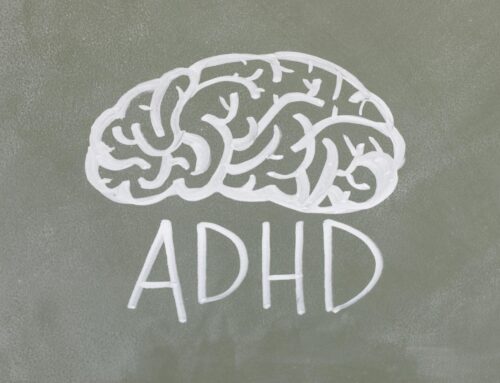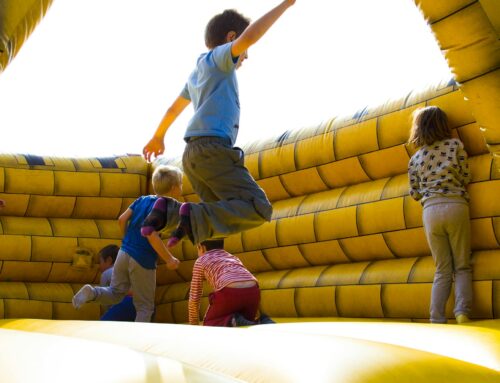Some years ago during my clinical training, I was tasked with giving a case presentation to the entire clinic. As I fumbled over my words for what seemed like an eternity, I became convinced that I exemplified how not to give an effective case presentation. After the meeting adjourned, I settled back into my tiny office, relieved that it was over. A few minutes later, the clinic director knocked on my office door and stoically asked, “Sam, do you have a second?” Before I realized his question was rhetorical, he walked in and seated himself in my spare office chair. In this moment, I was certain he was about tear apart my case presentation. After an inordinately long pause, he said, “you did a wonderful job on that case presentation.” He then proceeded to tell me three specific things I did well. And then…he got up and left. He was the best boss I ever had. Not because he made me feel good (rest assured he was not afraid to deliver negative feedback). It was because he relied on growing grass instead of whacking weeds.
If you take a moment to consider the best boss you have ever had, I am willing to bet that one of their best qualities was their pattern of acknowledging and praising the good. As humans, we are evolutionarily hardwired to more readily notice “the bad” instead of “the good” in other’s behavior. As adults tasked with leading children, we often find ourselves relying on verbal reprimands and negative critiques designed to squash an undesirable behavior in our child. Instead of being like the the best boss we have ever had, we find ourselves turning into that boss we could not stand.
If my backyard is full of weeds, I might spend countless hours upending them from the ground. However, unless I plant grass in place of those weeds, the weeds are likely to grow back (pardon my amateur understanding of horticulture). The same is true for a child’s behavior. Consequences, stern lectures, and verbal reprimands may lead to a temporary suppression of a child’s undesirable behavior, but without “planting grass” that behavior is likely to return.
If the “weeds” refer to a child’s undesirable behavior, then the “grass” refers to that particular behavior’s positive-opposite. Take for example a six-year-old girl who has a habit of taking her older brother’s toys without asking (i.e., the weed). The positive-opposite behavior (i.e., the grass) in this case would be asking permission before using her brother’s toy. Therefore, I would encourage her parents to “catch, label and praise” any time she asks permission before using a toy that does not belong to her. In another example, a 16-year-old newly licensed driver continues to arrive home 30 minutes after the agreed upon curfew (i.e., the weed). The grass, in this case, would be him arriving home before curfew. Therefore, I would encourage parents to direct their effort toward praising instances when their son does come home on time. This is not to say consequences for breaking curfew are pointless. It is only when we forget to grow grass in place of those weeds that consequences become futile. Finally, take the case of a 4-year-old child who becomes physically aggressive when upset. In this case, the grass would be when the she uses words to express their feelings. Anytime she uses words to express her feelings, parents will nurture this by labeling and praising this behavior.
All this may sound simple, but avoiding the trap of only attending to the weeds can be difficult. In no way am I advising that caregivers simply ignore all the bad behaviors they see in their children. I am, however, inviting us to consider that our energy is better spent noticing, labelling and praising a child any time we see a faint glimpse of “the grass.”






